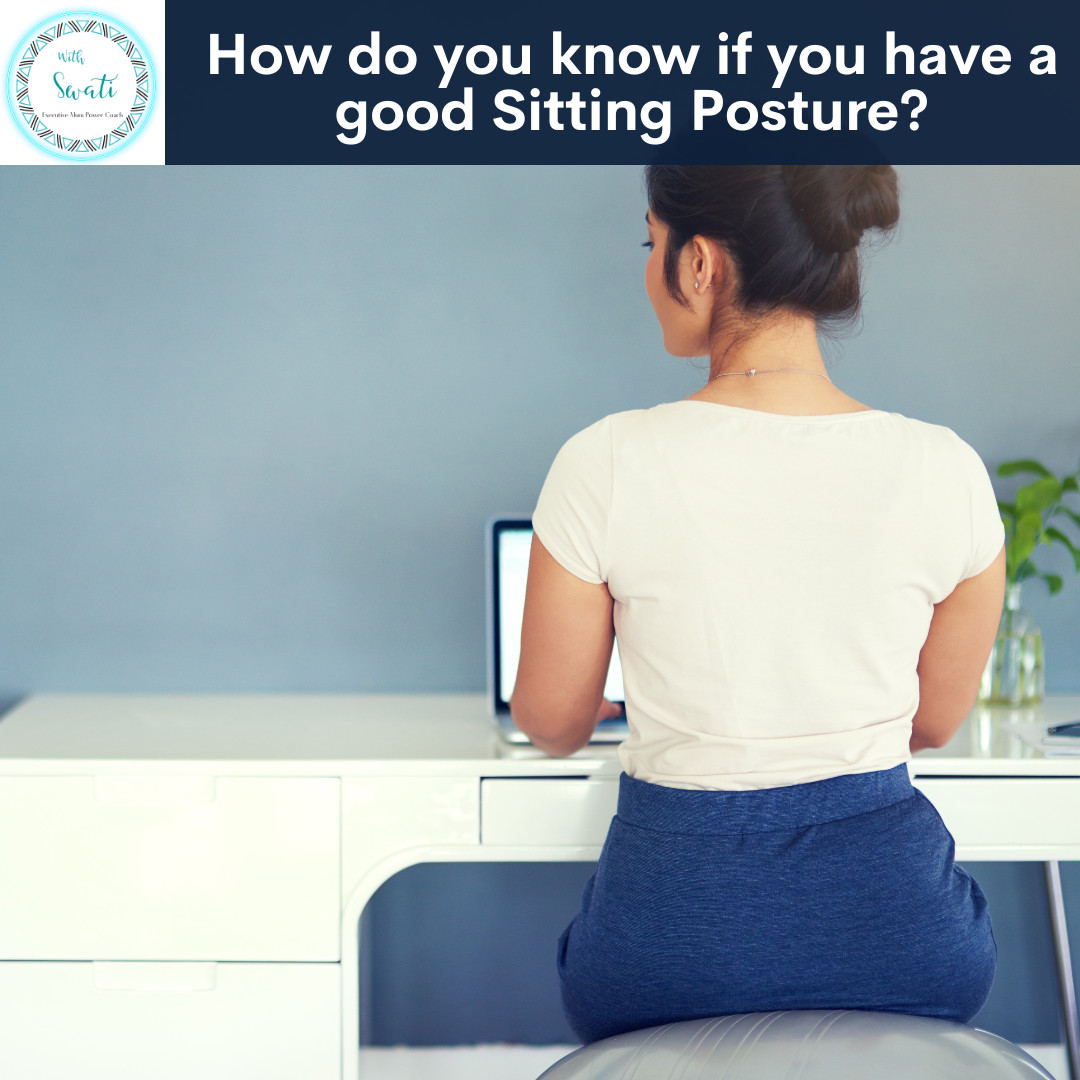
As an executive mum juggling a high-stress job and family responsibilities, you likely spend hours hunched over your laptop, phone, or paperwork. You may notice a headaches creeping in, making it harder to focus at work and enjoy time with your kids. But did you know that your mid-back (thoracic spine) could be a possible hidden culprit behind your headaches? The thoracic spine plays a crucial role in posture, breathing, and nerve function, all of which can trigger or worsen cervicogenic headaches. In this blog, let’s explore how thoracic spine dysfunction contributes to headaches and what you can do about it.
Here is how thoracic spine issues can lead to cervicogenic headaches:
Poor Posture: Long hours at a desk often lead to rounded shoulders and forward head posture, creating excessive strain on the upper back and neck muscles. The upper trapezius (shoulder & neck area) and suboccipital (base of skull, along the hairline) muscles tighten, leading to cervicogenic headaches.
Stiffness in the Thoracic Spine: The thoracic spine is meant to rotate and extend, but when it stiffens due to poor posture or lack of movement, the neck and shoulders compensate. This extra strain can trigger cervicogenic headaches due to muscle tension in the neck & shoulder and nerve irritation.
Rib Dysfunction and Shallow Breathing: Poor thoracic mobility affects rib movement and breathing patterns, leading to shallow chest breathing. This can cause oxygen deficits, contributing to headaches and fatigue, especially for busy mums who are already running on limited energy.
Here are some easy tips on how to relieve headaches from thoracic spine dysfunction:
Improve Desk Ergonomics: Keep screens 5 to 10 degrees below your eye level, shoulders relaxed, and use a lumbar roll for support.
Increase Thoracic Mobility: Try spinal extensions, foam rolling, and rotation exercises to relieve stiffness.
Strengthen Postural Muscles: Work on scapular retractions and core engagement to counteract forward head posture.
Breathing Exercises: Deep diaphragmatic breathing helps relax tense muscles and improve oxygen flow to the brain.
If you’ve been struggling with persistent cervicogenic headaches despite treating your neck, your thoracic spine may be the missing piece of the puzzle. By improving posture, mobility, and breathing, you can reduce tension, relieve cervicogenic headaches, and regain focus for both work and home life. If you are not sure if your headache is cervicogenic or originating in the neck, HERE is a free guide on 'Is your Neck the cause of your (Cervicogenic) Headaches?'
If you like this blog and want to be notified about new blogs as soon as they are published, subscribe to my mailing list below.
Get the course on "Simple Solutions to Manage your Cervicogenic Headache" HERE. This course offers practical, easy-to-implement proven strategies that actually work and have helped countless people to overcome their pain, regain energy, and fully engage with their families and careers.
I would love to see you around the internet! For other places you can explore more about me: https://withswati.com/page/link
Note: This page contains affiliate links which will bless me, at no additional cost to you and I will be able to help more people with spine, nerve and joint pain.
















0 Comments